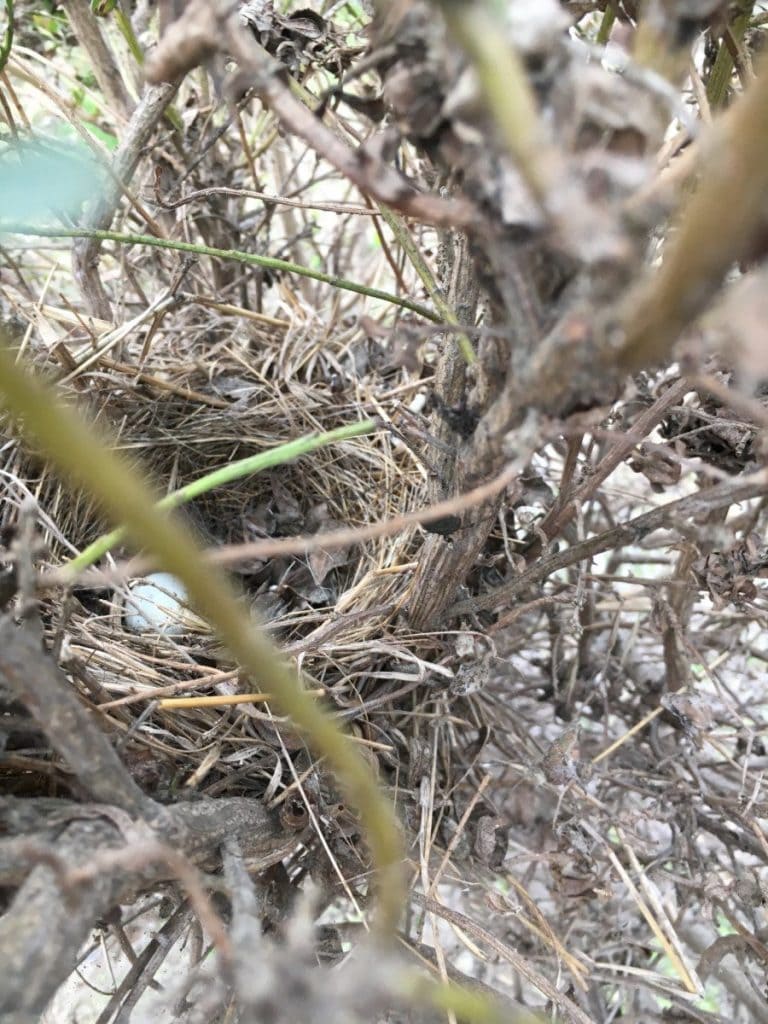Surveying birds of the Albany Bulb
By Ilana DeBare
Jutting out into San Francisco Bay, the Albany Bulb and Neck has received a lot of attention for its human uses: a onetime garbage dump, onetime homeless encampment, and the first section of shoreline targeted to be a part of today’s McLaughlin Eastshore State Park.
Now people can also learn about avian uses of Albany Bulb and Neck, thanks to a joint citizen-science initiative by Golden Gate Bird Alliance and Citizens for East Shore Parks (CESP).
Golden Gate Bird Alliance and CESP recently published the results of a year-long bird survey of the Bulb and Neck that found about 90 species using the 33-acre area.
“Birds heavily use this area across the seasons for breeding, as a migration rest stop, for year-round residence, and for wintering,” according to the report, which is available on the CESP web site.
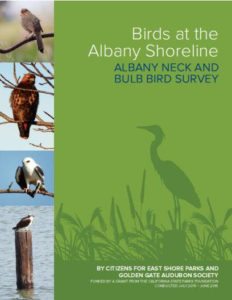
Examples include:
- White-crowned Sparrows spend winters at the Bulb, foraging for seeds and sheltering in the abundant Coyote brush.
- Colorful yellow-and-black Townsend’s Warblers rely on the Bulb as a rest stop during their annual migration from breeding areas in Alaska to wintering areas as far south as Panama.
- White-tailed Kites hunt and nest on the Bulb, and can often be seen hovering almost motionless in mid-air.
The Bulb and Neck extend west into San Francisco Bay at the foot of Buchanan Street, west of I-80. Golden Gate Bird Alliance members were already somewhat familiar with the area from annual Christmas Bird Counts and a bird survey they did of the broader Eastshore State Park area in 2006.
But even they were surprised by the abundance and tenacity of birds in the area, which gets heavy use by people and dogs.
“It surprised me how much nesting activity there was,” said Pam Young, a Golden Gate Bird Alliance board member who led the volunteer bird surveyors. “We found nests in places like along the parking lot where you’d think, ‘How can they possibly nest there?’ Despite all the human disturbance, there are some very tenacious birds breeding out there. It’s a wonderful story of resilience and persistence.”
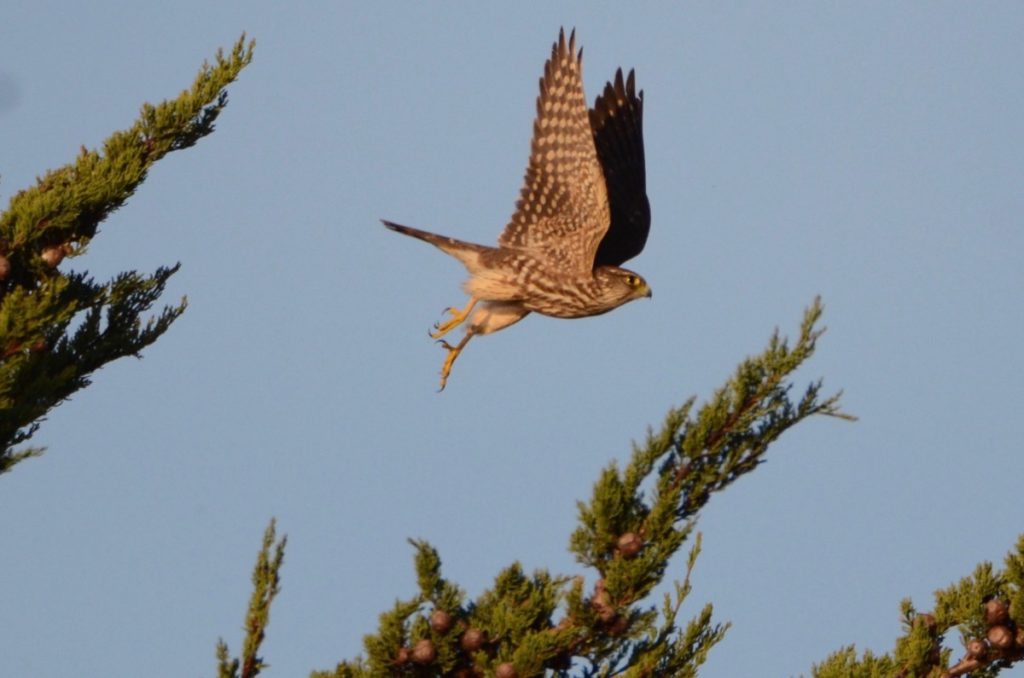
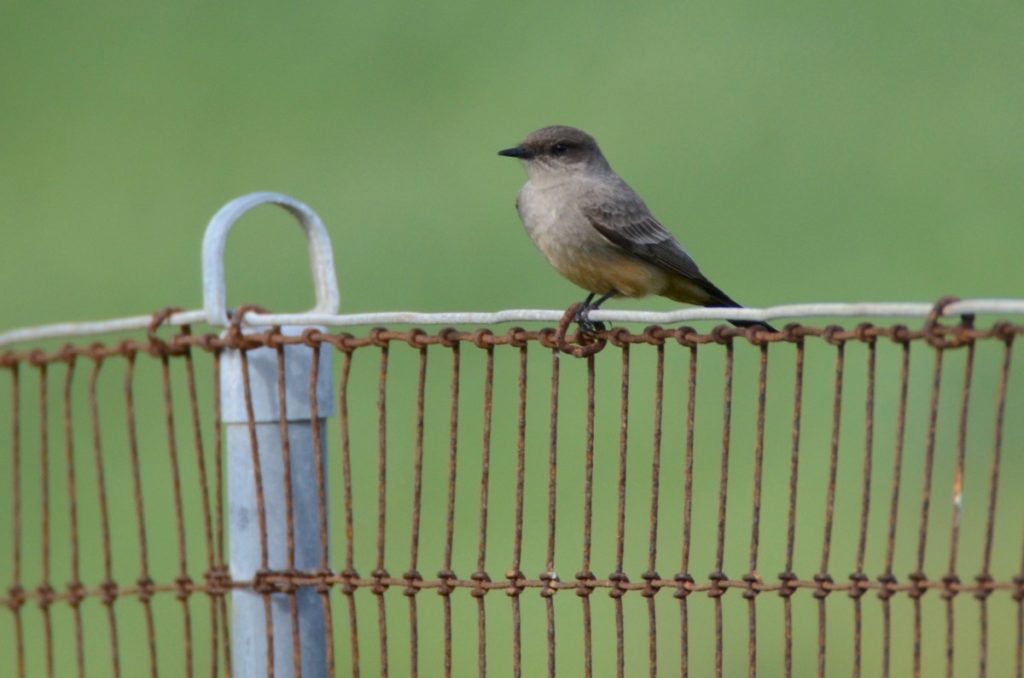
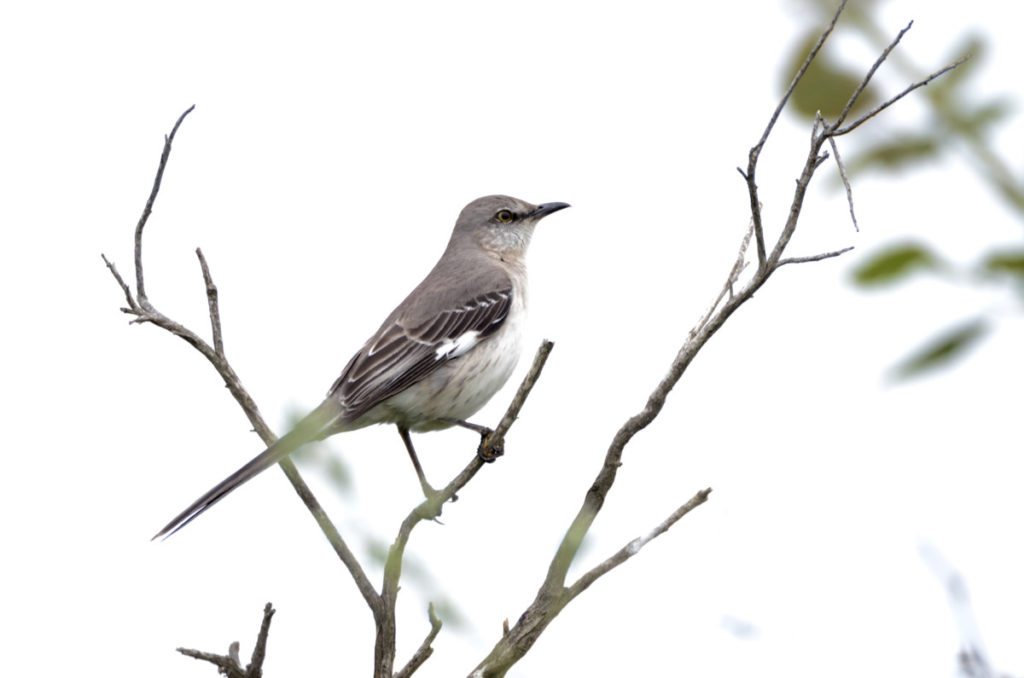
The survey project – funded in part by a grant from the California State Parks Foundation – had its roots in a desire by CESP to ensure that the natural resources of the Bulb and Neck were understood and protected.
“The wildlife and song birds of the Bulb are spectacular,” said Robert Cheasty, CESP Executive Director. “The Bulb provides a refuge to endangered species and a recreational opportunity for the entire East Bay community.”
The area, owned by the City of Albany, had been in transition for several years.
Created at a time when businesses and local governments routinely filled in the Bay, the Bulb and Neck were built on debris generated by creation of the Golden Gate Fields race track in 1939 and then a city landfill in 1963.
Lawsuits against the landfill operator brought dumping to a halt in 1983. Albany city officials weighed a number of proposals to develop the Bulb for uses like high-rise hotels and a marina. But in 2002, CESP succeeded in getting the area set aside for parkland.
The East Bay Regional Park District agreed to manage the site as part of the new McLaughlin Eastshore State Park. But first the city had to remove the homeless camps, which was completed amidst heavy media coverage and controversy in 2013-14.
When CESP was considering doing a bird survey, it approached Golden Gate Bird Alliance, which has a century’s worth of experience conducting bird censuses.
Golden Gate Bird Alliance member and CESP Board member Steve Granholm developed the protocol for the survey: Three teams of two surveyors took turns visiting the site twice each month. They started at the same place and time of day and walked a defined two-hour route noting every bird that both members heard or saw.
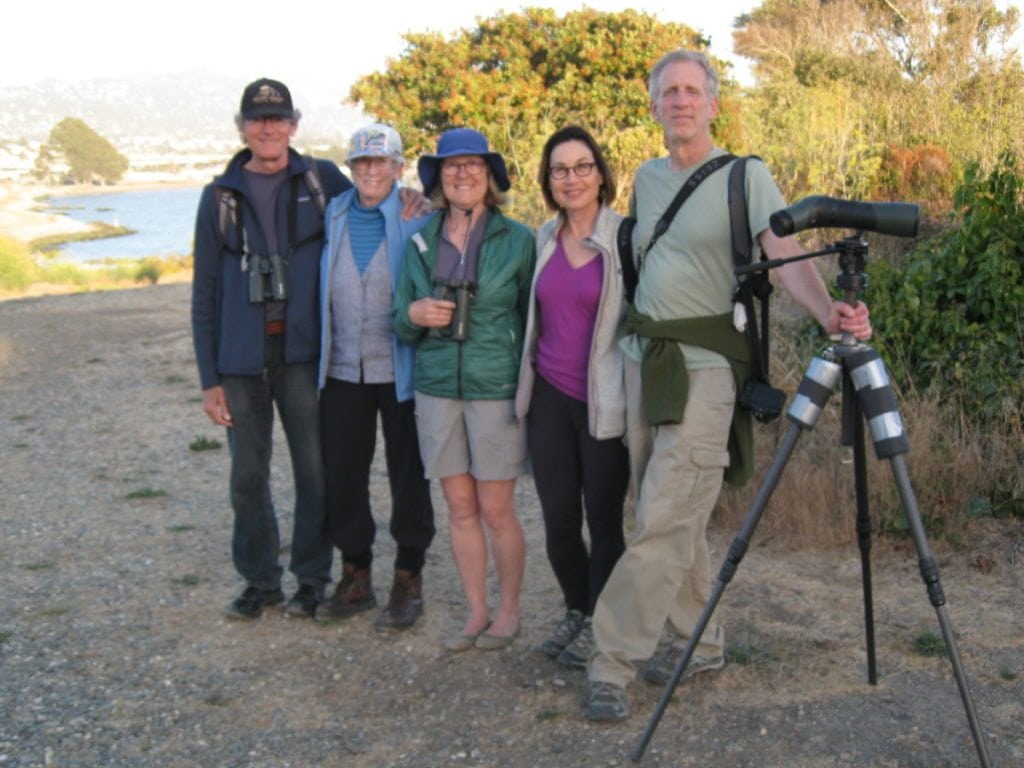
They made two prescribed stops, where they would spend two minutes documenting all birds within a 360-degree circle around them. Not only did they note the species, but they described the behavior – if the bird was flying over, perching, feeding, gathering nesting material etc.
The volunteer surveyors, who completed their work in June 2016, came away with an enhanced appreciation of the Bulb and Neck as wildlife habitat.
“Because it juts out away from other land masses and the mudflats are protected, you get some amazing birds coming in,” Young said. “Anyone who spends time out there really ends up valuing the area.”
They cited the importance of the area’s Coyote brush – a plant native to Northern California coastal areas, which has been targeted for removal by land managers for aesthetic and security reasons. Coyote brush was found to house a number of bird species, including California Towhees, House Finches, and Bushtits.
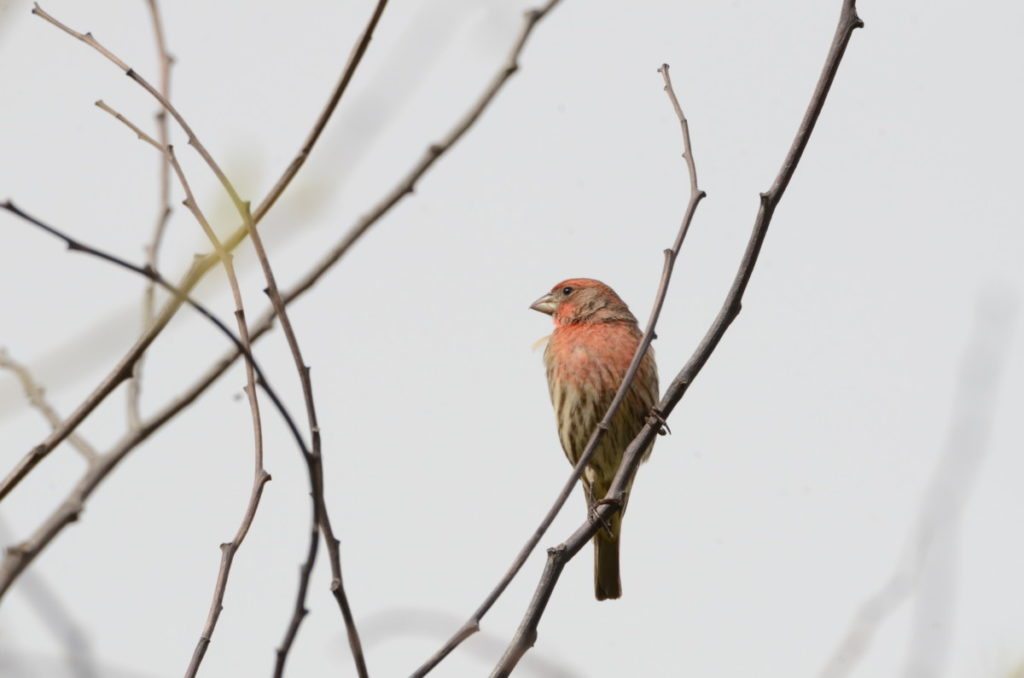

“Many land managers believe that brush should be removed, but that’s where the birds are,” Young said.
CESP and GGBA identified several steps that land managers should take to ensure the continued viability of the Bulb and Neck for wildlife:
- Minimize construction, relying on low-impact paths and trails rather than developed or paved trails.
- Protect important habitat such as brush, salt marsh, and mud flats.
- Encourage park visitors to discover and enjoy the remarkable wildlife of the Bulb and Neck.
A full list of the bird species found at Albany Bulb and Neck is available at https://eastshorepark.org/albany-neck-bulb-bird-survey
